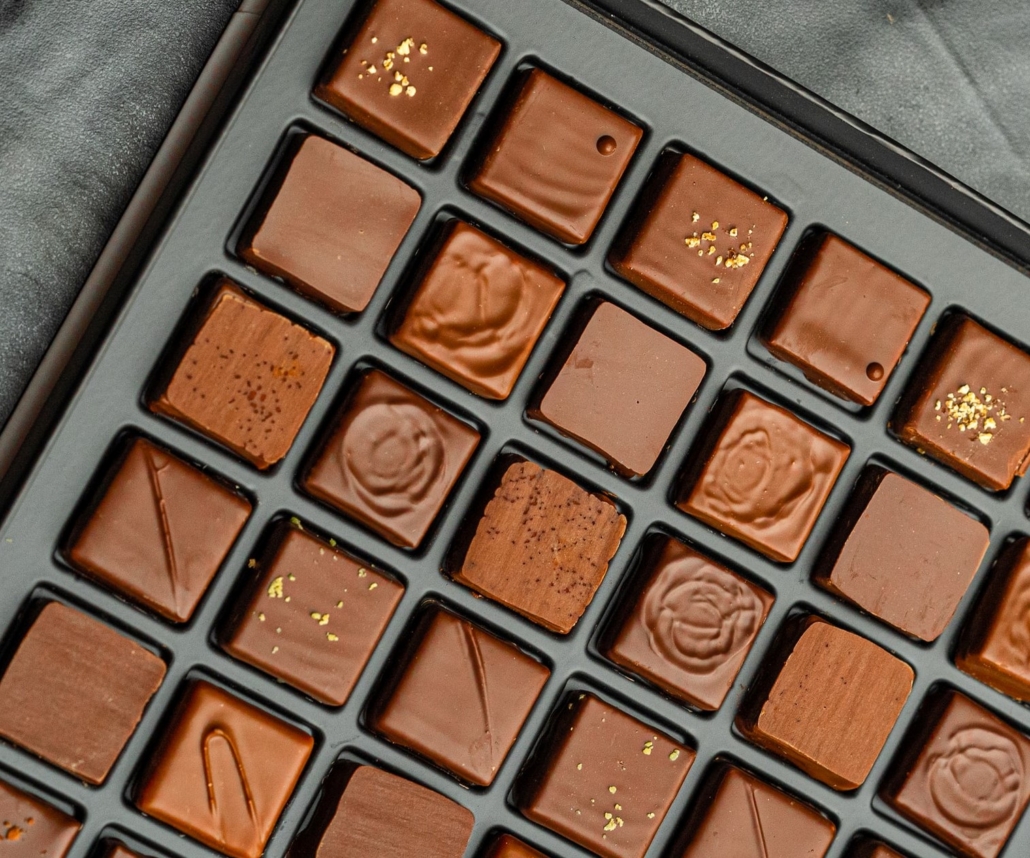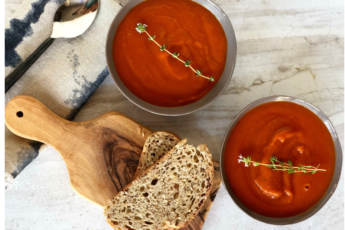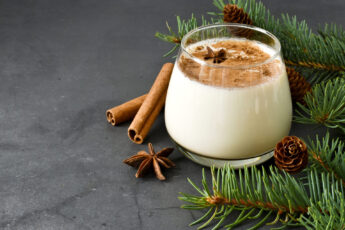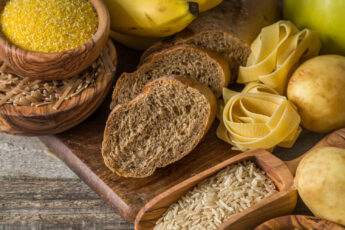**NEWSFLASH** I’ve joined the website The Chocolate Life, as author and contributor. Check out my posts here.
It’s nearing Valentine’s Day, a.k.a., The Big Chocolate Holiday, and fine chocolate is top of mind for many. (It’s on my mind 365 days a year.) Describing chocolate as “fine” however, may not mean what you think.
The National Confectioner’s Association has their own way of distinguishing “fine” chocolate from what they call “premium” and “mainstream” chocolate. I’ll “cut-to-the-chase”:
- Mainstream: This is your widely distributed, familiar-to-everyone chocolate you see in the supermarket, convenience stores, newsstands, airports, etc. Hershey’s, Nestle, and Mars are some of the largest companies in the US making mainstream chocolate. Typically less than $8/pound.
- Premium: You’ll find it in supermarkets, on the “higher-end” shelf. Think Lindt, Green and Black, Ghirardelli, Ferrero, and the like. Some of these companies also operate their own boutiques, with varieties or flavors that may not be available in mainstream chocolate. Typically at least $11/pound.
- Fine: Here we get into the “craft” and artisan chocolate. Usually the makers are smaller companies that source their cocoa beans from specific nations, regions, or directly from the cacao farmer him/herself. Sometimes they do “varietal” bars using only cacao beans from a particular nation or region of a nation. They often tell you on the wrapper the process they go through to make the bar, and some tasting notes to look for, similar to a label on fine wine. Price? High and higher. I’ve seen bars that might be $9 but are tiny, only 25 GRAMS (less than an ounce!). That translates to over $150/pound. See below for an explanation.
The Cocoa Beans
Cocoa beans come in many varieties, but the three main ones are:
- Forastero: grown in all cacao-growing regions but most comes from West Africa. It’s the heartiest and the easiest cocoa bean to grow, and makes up about 80% of global production. Flavor-wise, it has a reputation for having a less complex flavor profile, but there are some exceptions, noted below.
- Criollo: the finest variety without question, prized for its nuanced flavor, dependent on the “terroir”, soil conditions, and of course, how the farmer handles it. It brings the highest price, so all fine chocolatiers want it, but it’s also finicky to grow. Most is grown in South America and it makes up only 5% of the global supply of cacao. A sub-category is the Porcelana cocoa. Absolutely fabulous, and the “Tiffany” of chocolate. Melts in your mouth and melts your credit card.
- Trinitario: this is a hybrid of the first two, first developed in Trinidad but now grown in other regions. It has some of the fabulous flavor nuances of the Criollo bean but also some of the heartiness of Forastero, so it’s a lot easier to grow than Criollo beans.
- Heirloom: these are varieties – often of Forastero beans – that are not widely grown and usually native to a particular region. Best known is the Arriba Nacional bean from Ecuador. It has a designated origin, meaning that no bean can be so named unless it’s from this varietal grown in this region.
Why’s The Price So High?
Fine chocolate — especially “craft” or artisan chocolate — isn’t cheap. It just isn’t. Small craft chocolatiers can’t buy in bulk, and the best cocoa beans are produced in relatively small quantities. At every point on the road from bean to bar, it’s labor-intensive work.
Be sure what you’re paying for, though. Elaborately decorated boxes and packaging, especially around special holidays, make a great gifts, but when buying for myself, I skip it. If it’s truly fine chocolate, I also shy away from bars that have lots of “bulk items” added. When bars are loaded with whole hazelnuts, macadamias or dried cranberries, they bring curb appeal but also add non-chocolate weight. If I’m paying $10 or $12 for a 75-gram bar of artisan chocolate, I don’t want cheaper add-ons taking up space! Flavorings, OK. Groceries, no. Just a personal preference.
Mindful Enjoyment!
I liken a high-quality craft chocolate bar to good wine. I don’t gulp either one. Just savor, enjoy, and don’t rush it.
Final word: The above is my take on fine chocolate. You deserve your own preferences so eat the chocolate YOU enjoy!






